Guadalajara 3 days of mariachi, tequila and of course charrería
Guadalajara 3 days mariachi, tequila and of course Charrería Guadalajara, the capital of the western Mexican state Jalisco, is located in the heart of the second largest urban area in Mexico . The city has monuments to match its status, such as the Hospicio Cabañas, a magnificent hospital complex from around the turn of the 19th century, and a 400-year-old colonial Renaissance cathedral .
Knowing that more than 470 years of history are concentrated here Guadalajara , Habibi World Travel & Tour gives you a unique insight into the cultural, and historical that this area of the city offers. Recognized as the birthplace of the country's most important and distinctive symbols in the rest of the world: mariachi, tequila and of course charrería . Here in Guadalajara, there is also a unique museum by Diego Rivera . Many visitors to Mexico and Mexico City only know about the Mesum of Diego Rivera of Mexico City with the name Anahuacalli . Here in Guadalajara there isn't just any other museum of him, it's the house where he was born with his twin brother. You will find out more about this during our tour of the house and museum. Guadalajara is in the UNESCO World Heritage Site, so you can be absolutely sure that you will enjoy a perfectly customized stay that will not be missing.
Guadalajara is also the mammoth Mercado San Juan de Dios, the largest indoor market in America . Due to the strength of its economy and quality of life, this cosmopolitan city is considered the second most important in Mexico. It is characterized by its authentic colonial architecture , in which each historical building speaks through its muralsto remind us of the social, political and economic transformation of our country. In Tlaquepaque and Tonalá, two of the most important. It is a to stroll through the pedestrian streets and markets full of folklore.
Visit the spacious and lively squares. Visit the ornate colonial temples, historical buildings and museums, theaters and cultural centers . They are the words missing from the wealth of the place, it is to walk a joy through the pedestrian streets and markets of folklore. Theaters and cultural centers have been converted. Every stroll through the historic center culminates in the Cabañas Cultural Institute, a UNESCO World Heritage Site . The heart of the city is a journey that tells the freedom of Mexico. Introducing you to Guadalajara without thinking about mariachi is almost impossible as this folk art for its history and its representatives has become almost synonymous with the city. Also in Guadalajara's metropolitan area is the city of Tlaquepaque with a charming old center with a flair for handicrafts . Here in Guadalajara we are in the cultivation land of blue agave, so we will of course take a day trip, tequila is a simple drive through fields of blue agave that is cultivated for Mexico's beloved spirit.
You visit in Guadalajara - Day 1 - Downtown Guadalajara
The Guadalajara metropolitan area is divided into several parishes, including Tlaquepaque, Tonalá, Zapopan, and Guadalajara Centro. Each of them has its own identity that is different from the others and what were cities or small communities that got trapped in the urban spot over time and the growth of the city.
Guadalajara
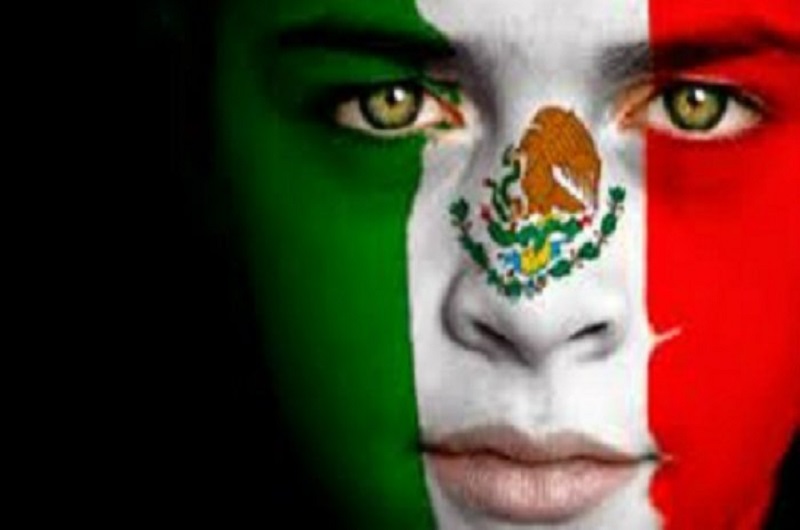
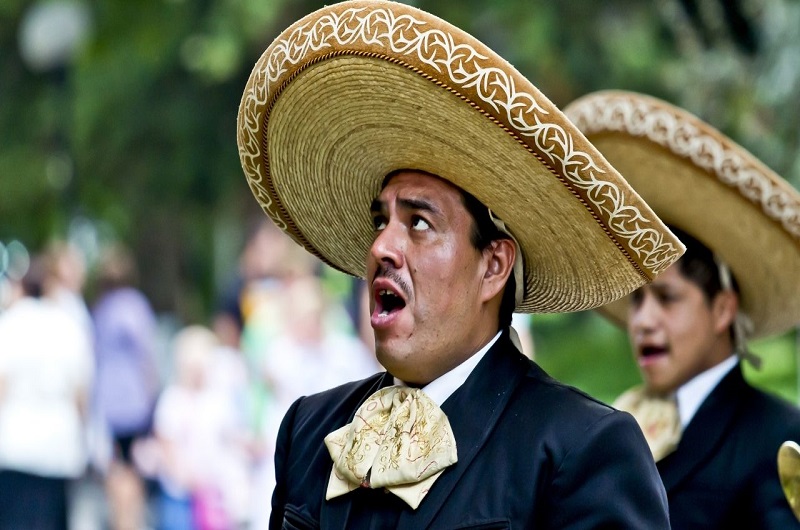
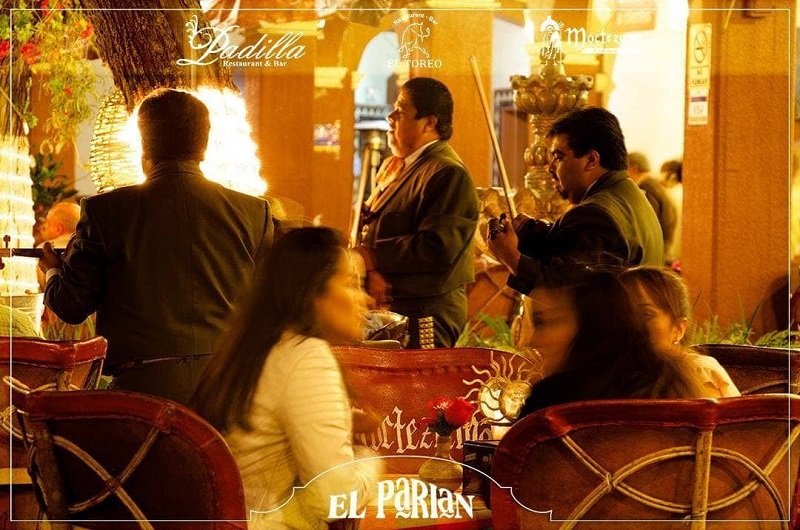
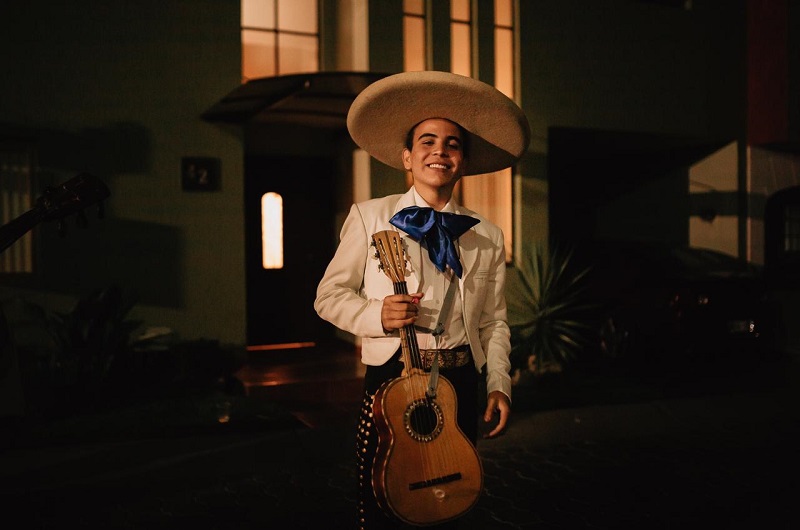
You visit in Guadalajara - Day 1 - Downtown Guadalajara
The Guadalajara metropolitan area is divided into several parishes, including Tlaquepaque, Tonalá, Zapopan, and Guadalajara Centro. Each of them has its own identity that is different from the others and what were cities or small communities that got trapped in the urban spot over time and the growth of the city.Guadalajara




The main monuments and history of the city are in the city center. This is your starting point for getting to know the sights in Guadalajara.
Guadalajara's Cathedral
This is perhaps the most emblematic and representative monument in the city. Construction began in 1558 and ended in 1618, making the cathedral as old as the city itself. The architectural style is baroque of the time and the cathedral houses several religious relics, paintings, including the remains of the martyr Santa Inocencia.
Rotunda of the illustrious Jaliscienses and Regional Museum of Guadalajara
To one side of the cathedral is an esplanade with the rotunda of the illustrious Jaliscienses, a monument to honor the men and women who have transcended history. The remains of some of them can be found here.
Guadalajara
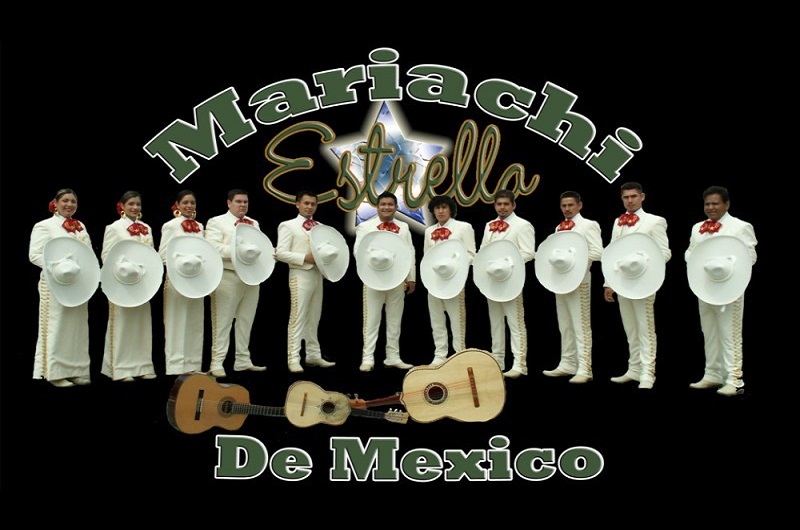
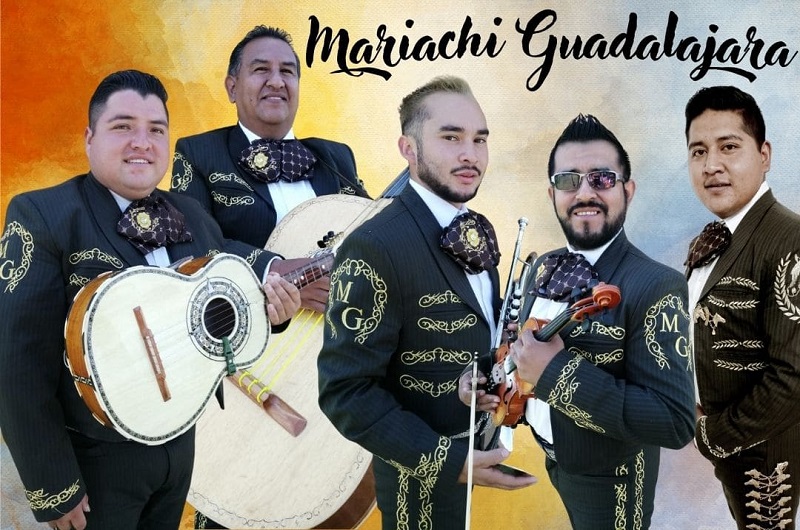
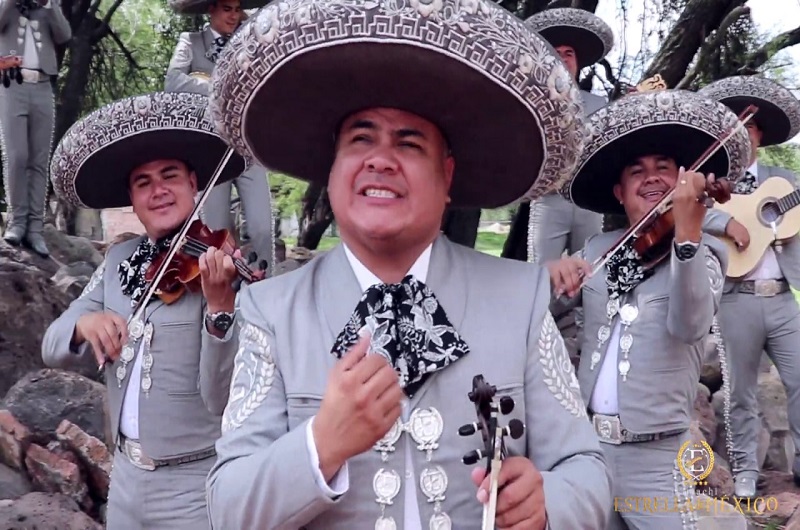
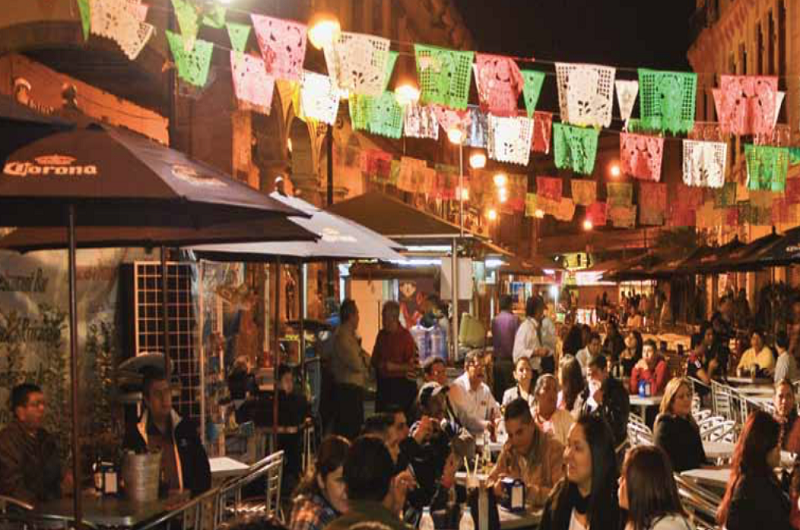
Guadalajara




Next to the monument is the Guadalajara Regional Museum. The museum building itself is very attractive, it dates from the colonial times and was used as a military barracks. Today you can learn a little more about the history of the area, from the first prehistoric settlements to their role in the Mexican Revolution. One of the most impressive pieces in the museum are the remains of a mammoth and the various colonial paintings.
Government palace
On the opposite side of the cathedral is the Government Palace , a building from 1774 that now houses the offices of the state government. Entry to this place is free and you can admire two impressive murals by José Clemente Orozco .
In addition to the murals in the government palace, you will find a small exhibition on the history of Jalisco and Tequila.
Throat Cut Theater
Behind the cathedral, past the large square, is the Degollado Theater . Its immediately recognizable facade of columns and representation of Apollo with the nine muses.
It is possible to visit the inside of the theater, but it is important that you check the opening times, which are usually only from 12pm to 2pm from Tuesday to Sunday. However, do not trust yourself, as there will be events or rehearsals, it is very likely that they will cancel the visits. If it were, I would suggest that you take advantage of the feature and see what is currently being presented.
Cabañas Cultural Institute
Guadalajara
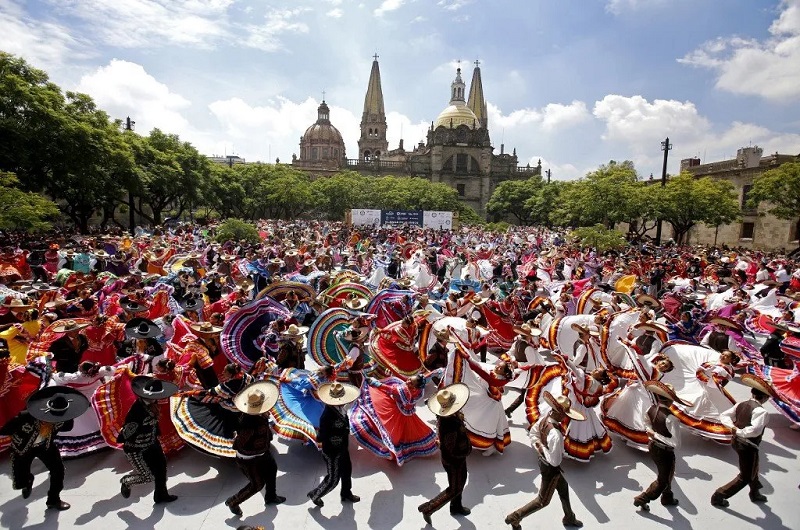
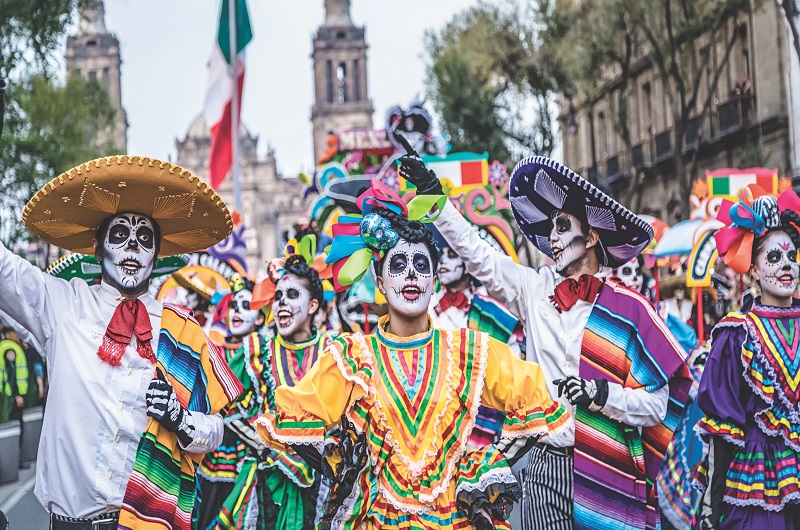

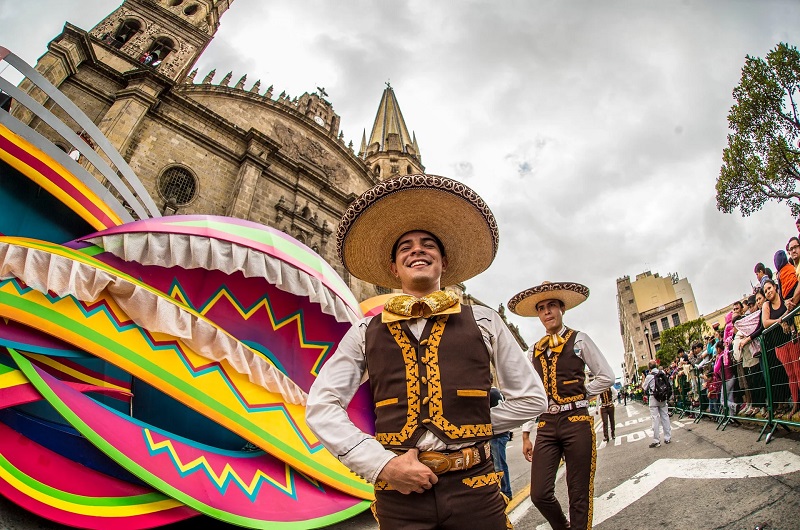
Guadalajara




Behind the Degollado Theater and at the end of Plaza Tapatia is strongthe museum and the city's cultural icon, the Cabañas Cultural Institute . Today the building is recognized by UNESCO as a World Heritage Site and houses the main works of Orozco.
The interior of the building is unique in itself, and the series of courtyards, corridors and rooms that make up it have been home to invalids and orphans for more than 150 years .
The museum offers guided tours throughout the day which I highly recommend as they explain the murals and their history in detail.
San Juan de Dios market
This is the largest covered market in Latin America, with its 3 floors and more than 3,000 stalls you can find it all. When I say everything is literally everything, there is one corner where you can change the battery of your watch while the other corner is cleaning to attract money, love and luck while you decide which frame to buy for your watch Horse or when you change the television of your stay.
Temple of Atonement
The architectural style of the temple is fundamentally different from the baroque style of the cathedral. This temple is more modern, but its architecture resembles the great medieval cathedrals of Europe. Immense and austere stone vaults, the exterior and lighting are incredible, but in reality, it is the interior that will impress you.
Guadalajara
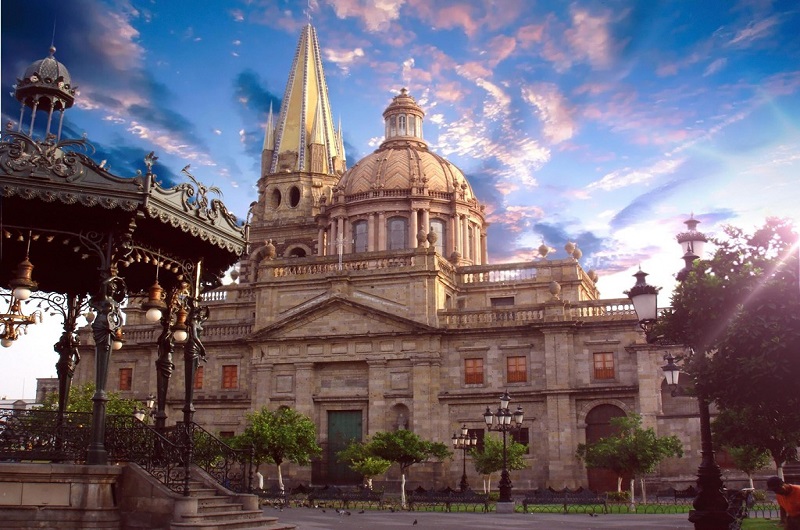
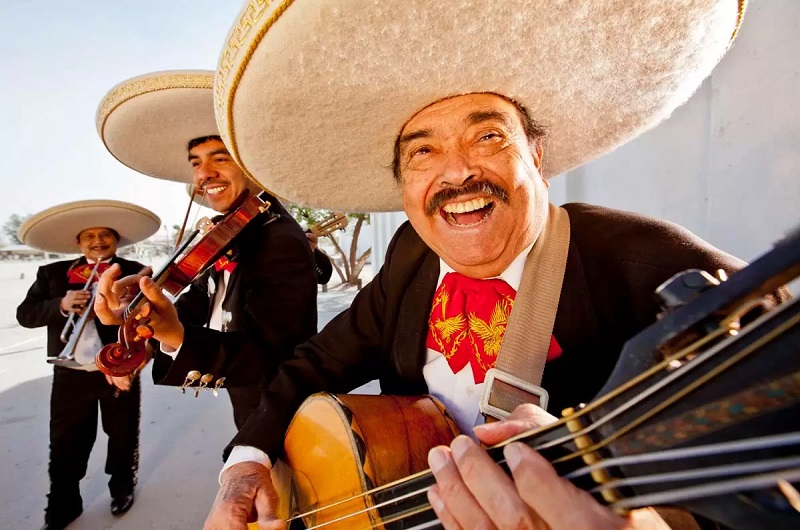


Guadalajara




Chapultepec Walk
A few blocks from the Temple of Atonement, you'll find Paseo de Chapultepec. This area is ideal to end the day, have a drink and have dinner.
Bethlehem Pantheon
This place has hundreds of legends and it is possible to visit it on a guided tour to learn more about them. The tours run a few days a week and two shifts, morning and evening, the night shifts are most recommended.
You visit in Guadalajara - day 2- Tonalá and Tlaquepaque
Mexico is internationally recognized for its handicrafts and manual labor. Throughout the Mexican Republic, you can find patterns of this art in different expressions, depending on the region.
In the case of Guadalajara, both Tonalá and Tlaquepaque are exceptional examples of this.
In the past, Tonalá and Tlaquepaque were considered independent cities. Today they belong, along with seven others, to one of the three parishes that make up the metropolitan area of Guadalajara.
Although you can find handicrafts of international quality in both locations, each retains its own and unique identity, which makes it seem like independent locations that are well worth a visit depending on your preferences.
Tonala
Tonalá has always been recognized as a craft center. His ceramics and pottery work are spectacular and attract buyers from all over the world. Unlike Tlaquepaque, Tonalá still retains a more modest style and you won't find the modern and even luxurious art displays that you find in some Tlaquepaque shops.
Guadalajara
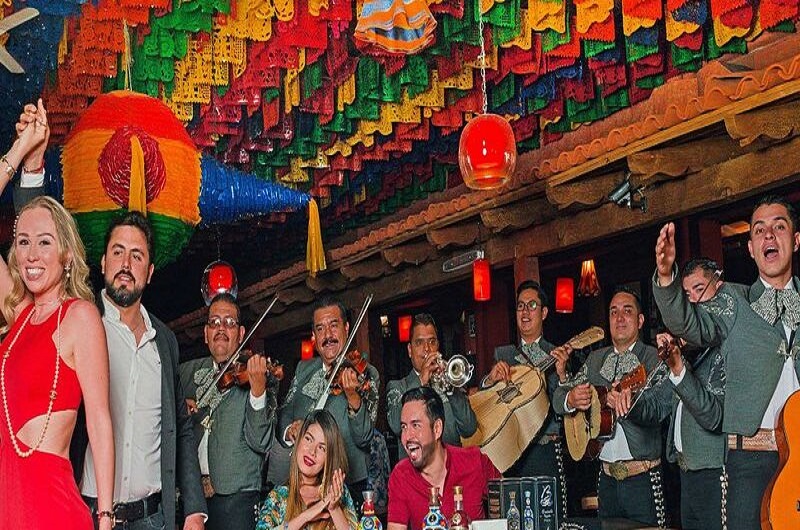
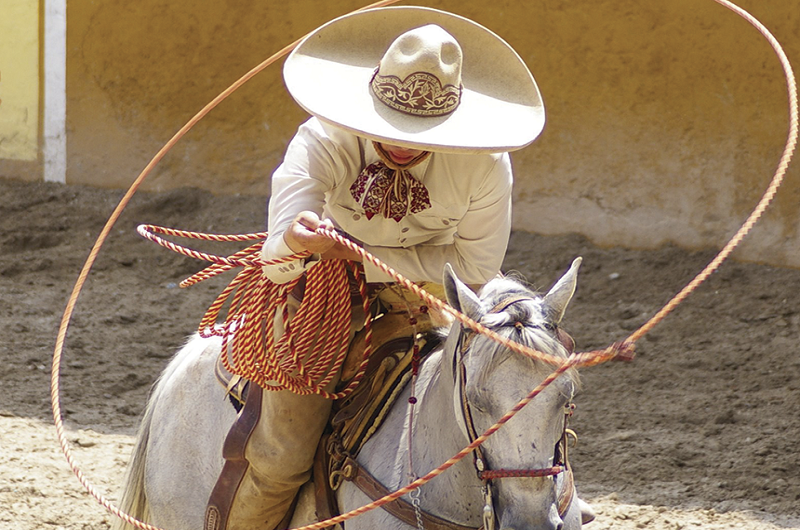
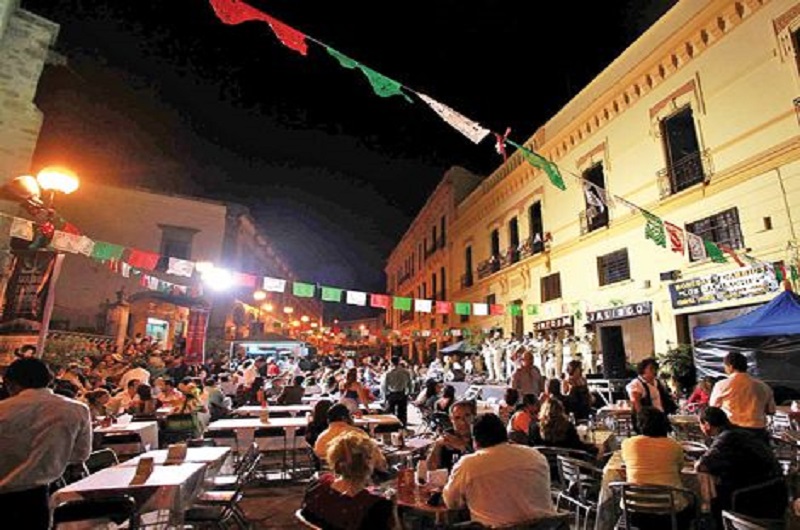
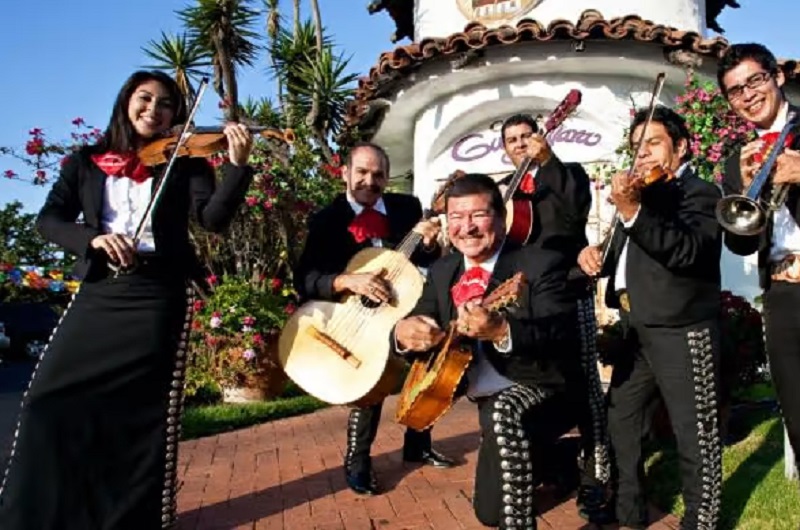
Guadalajara




In many ceramics, furniture and glass blowing workshops you can see how the materials are processed and if you are interested you can buy them at a great price.
One of the most interesting sights in Tonalá is the famous tianguis, which is made on Thursdays and Sundays.
These Tianguis have existed since pre-Hispanic times when indigenous people from different regions met to exchange their products. Later, during the Spanish conquest, the tianguis continued to be made, but another day was added, Sunday.
• The Tianguis extends almost 3 kilometers in the open. So take precautions as you will be walking in the sun.
• If your thinking of buying handicrafts, this is the best place and prices. If possible, in addition to the tianguis, visit the workshops and wineries where you can find better quality products and ensure a better price. Both Tonalá and Tlaquepaque can find similar crafts, if not the same, but without a doubt the best prices can be found in Tonalá.
Plaquepaque
When you arrive in the center of Tlaquepaque, for a few moments you will think that you are no longer in Guadalajara, or even in a city, but in a small town trapped in time.
The stone streets, the walls painted in different colors and the old farms that now house exhibitions and shops by various designers make Tlaquepaque a unique destination in Guadalajara.
Like Tonalá, Tlaquepaque is full of handicrafts and some of the best interior designers have their shops here; Some look like a modern art museum.
The tourist area and heart of Tlaquepaque revolves around the Hidalgo Garden. From here you can walk through the streets and try a little of all the food in the area, especially the lemon snow with tejuino (fermented drink similar to corn beer but with no or very little alcohol).
In addition to the many boutiques, shops and restaurants in the area, I recommend visiting Tlaquepaque before sunset, as this is exactly the area that comes to life at night and you can visit the landmark El Parían.
Guadalajara
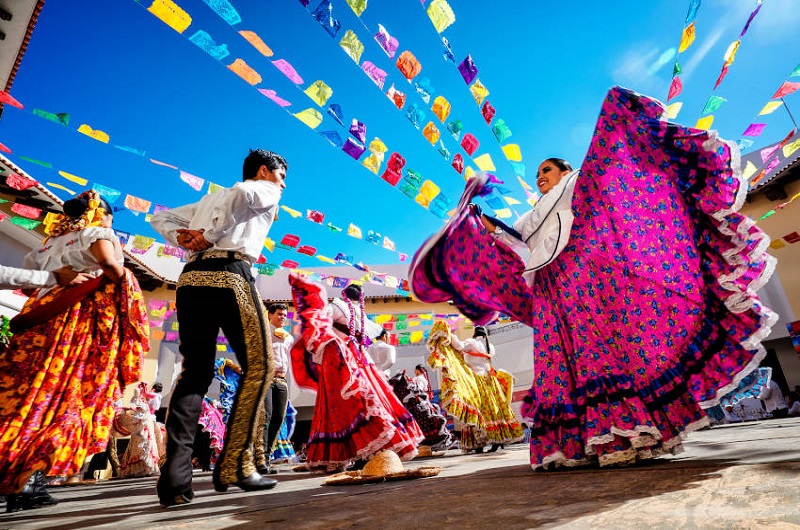
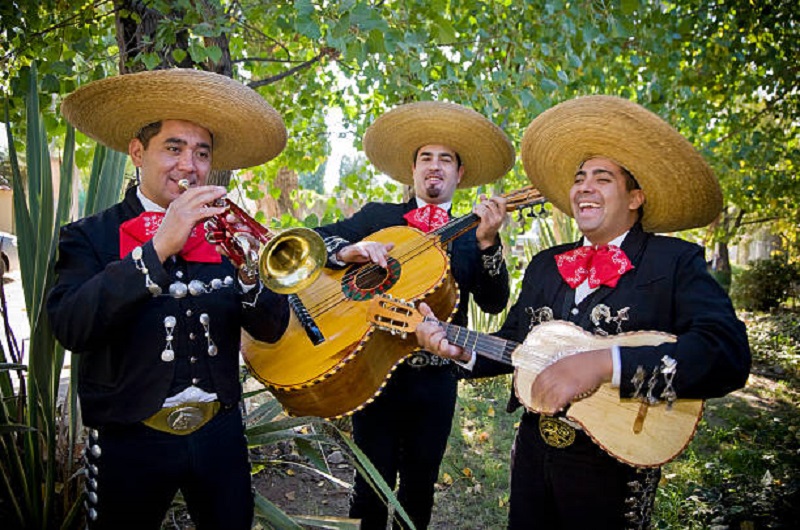
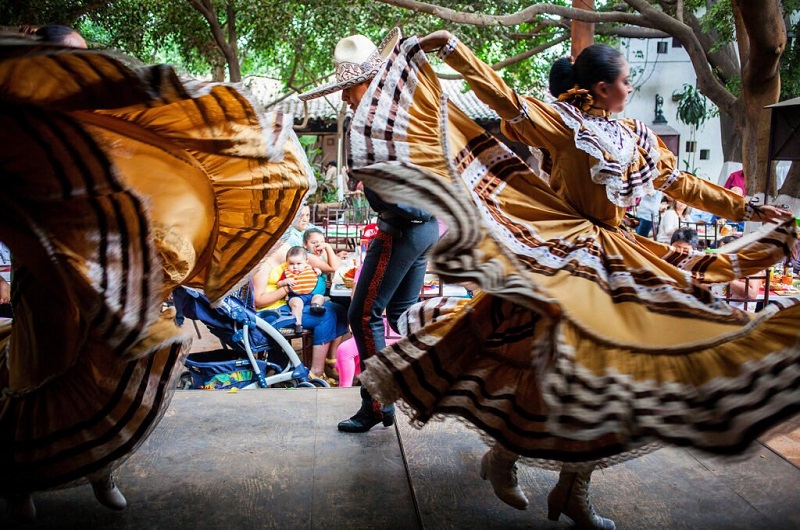
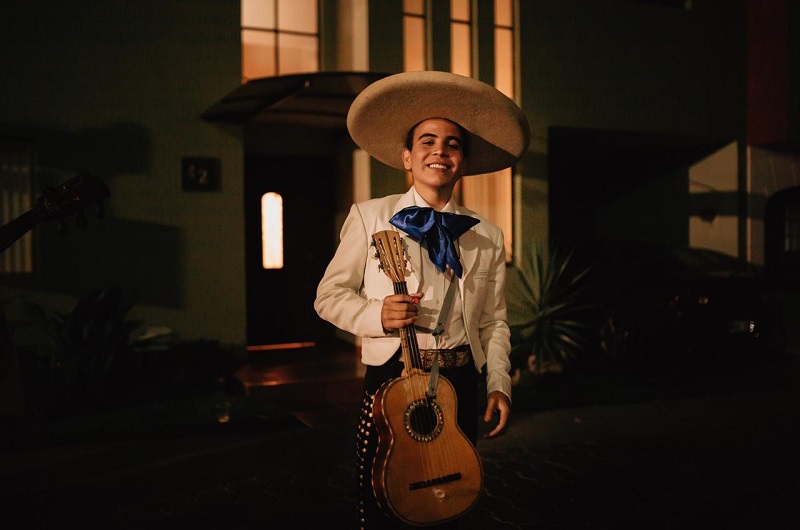
Guadalajara




El Parían is considered to be the largest cantina in the world, although the name shouldn't mislead you as it is well known. The square consists of several canteens that look like a single huge canteen. Here you can eat, dance, enjoy mariachis, but above all try the cazuelas voladores or cazuelas de tequ
You visit in Guadalajara - Day 3 - Trip to Tequila, Jalisco
Legend has it that on a stormy night, a group of indigenous people from the area now known as tequila took refuge in a cave that was in an area surrounded by agaves.
Lightning struck during the night and set the agave on fire for several hours. When the storm passed, the aborigines noticed that where the agave had caught fire a pungent aroma was emanating and they decided to give it a try.
Feeling the sweet taste, they took it home with them. When they had left the agave after a few days to rest, they noticed that a sparkling juice was beginning to sprout, they removed the bubbles and tasted the drink (pulque), which made them feel like a feeling of happiness overwhelm them.
From then on, they viewed the agave, with its sweet taste and intoxicating drink of happiness, as a gift from the gods, especially used by priests for rituals and special occasions.
Cultural Fact: Regardless of whether the legend is true or not, this is roughly the process used to make the most famous drinks in Mexico: pulque, mezcal, and tequila. Originally, pulque was the drink of the Aztecs. When the Spanish arrived they distilled it and started making mezcal, later tequila. The differences lie both in the production process and mainly in the type of magic used. In the case of tequila, it is the agave Tequilana Weber with a characteristic blue color that made Mexico a UNESCO World Heritage Site in 2006 for its agave landscape and the old tequila industrial facilities in the region.
There are many places to visit around Guadalajara, but among them the magical city of Tequila is the most characteristic.
You'll visit tequila factories, learn the history of tequila and, of course, drink tequila
Guadalajara
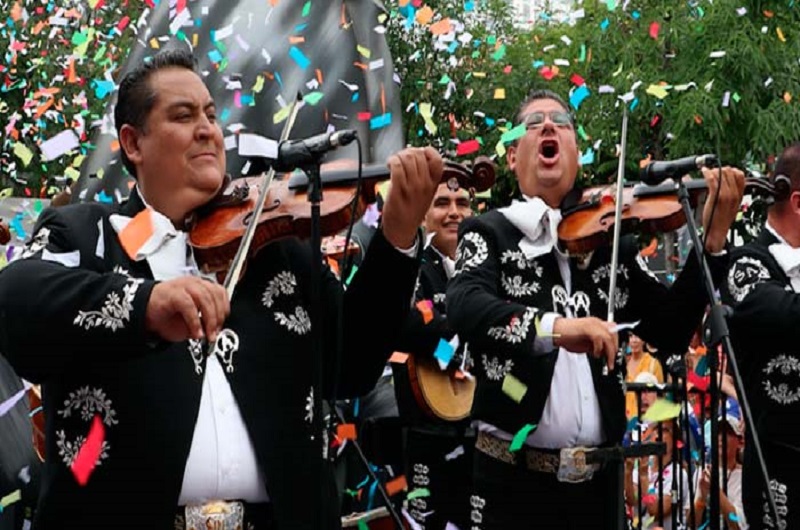
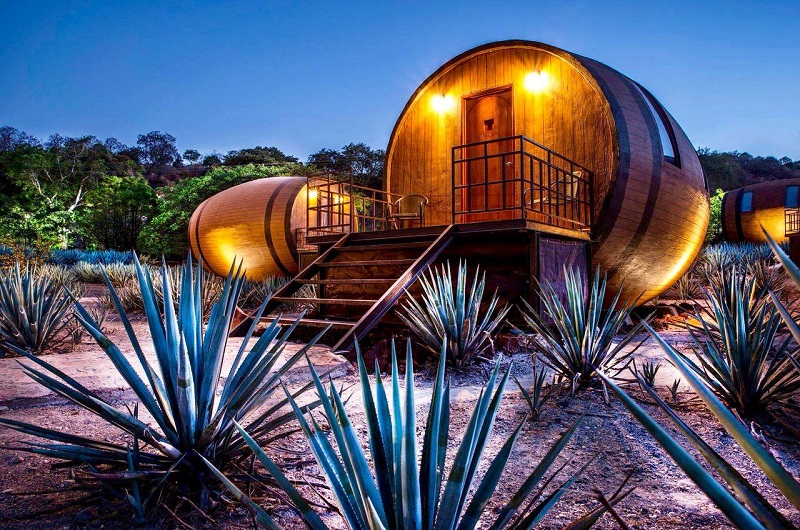
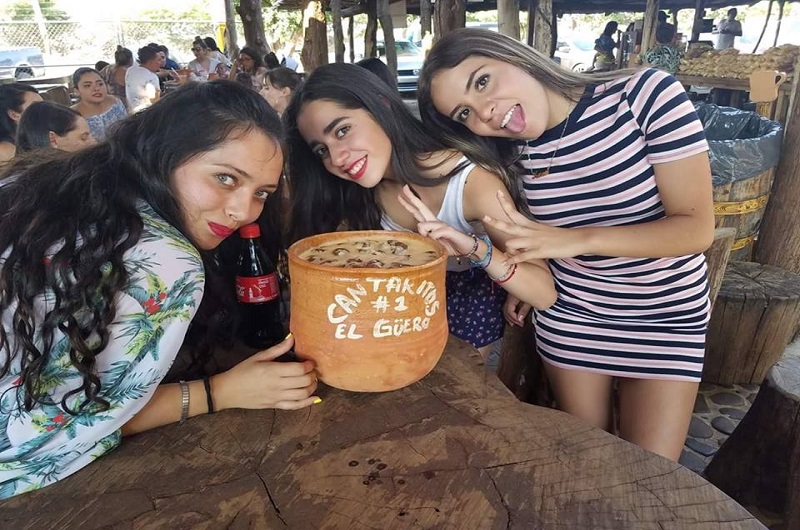
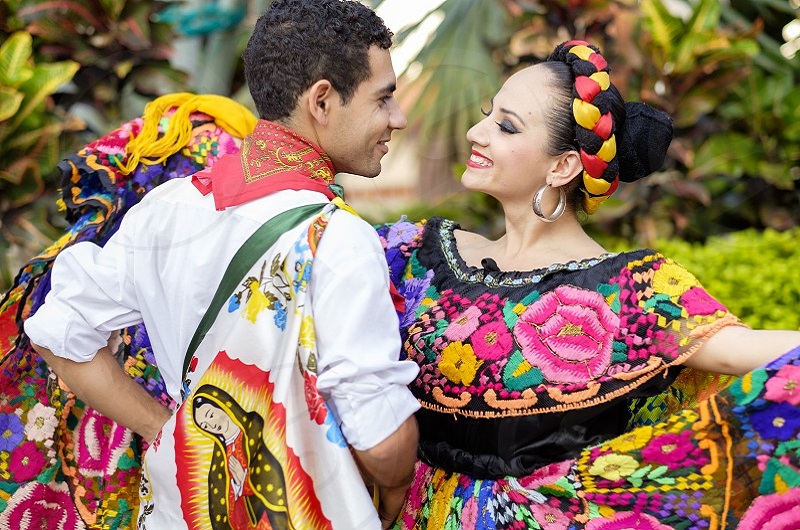
Guadalajara





Travel information about the tour
Habibi Tour
Included services
➥ PROFESSIONAL TOUR GUIDE (request)
➥ LOCAL GUIDE
➥ 2 nights in a hotel in Guadalajara
➥ Visit to the magical city of Tequila and Tequila factory
➥ ENTRY PRICE Tequila factory
➥ Vist Guadalajara
➥ Connection booking possible to other magical cities
➥ TRANSPORT FROM CENTRAL MEETING POINTS in CDMX (HOTEL) for you alone
➥ ENDS AT THE ORIGINAL MEETING POINT only for you alone
Not included in your tour
is
SERVICES NOT INCLUDED
• TIPPING
• Eating and drinking
• Visits that are not listed
Guadalajara 3 days mariachi, tequila
Languages: English, Spanish,
Guadalajara 3 days mariachi, tequila
Tour Duration: 3 dayss
Price: US Dollar $ 1,799,00 Not included in your tour
is
SERVICES NOT INCLUDED
➥ TIPPING
➥ Visits that are not listed

